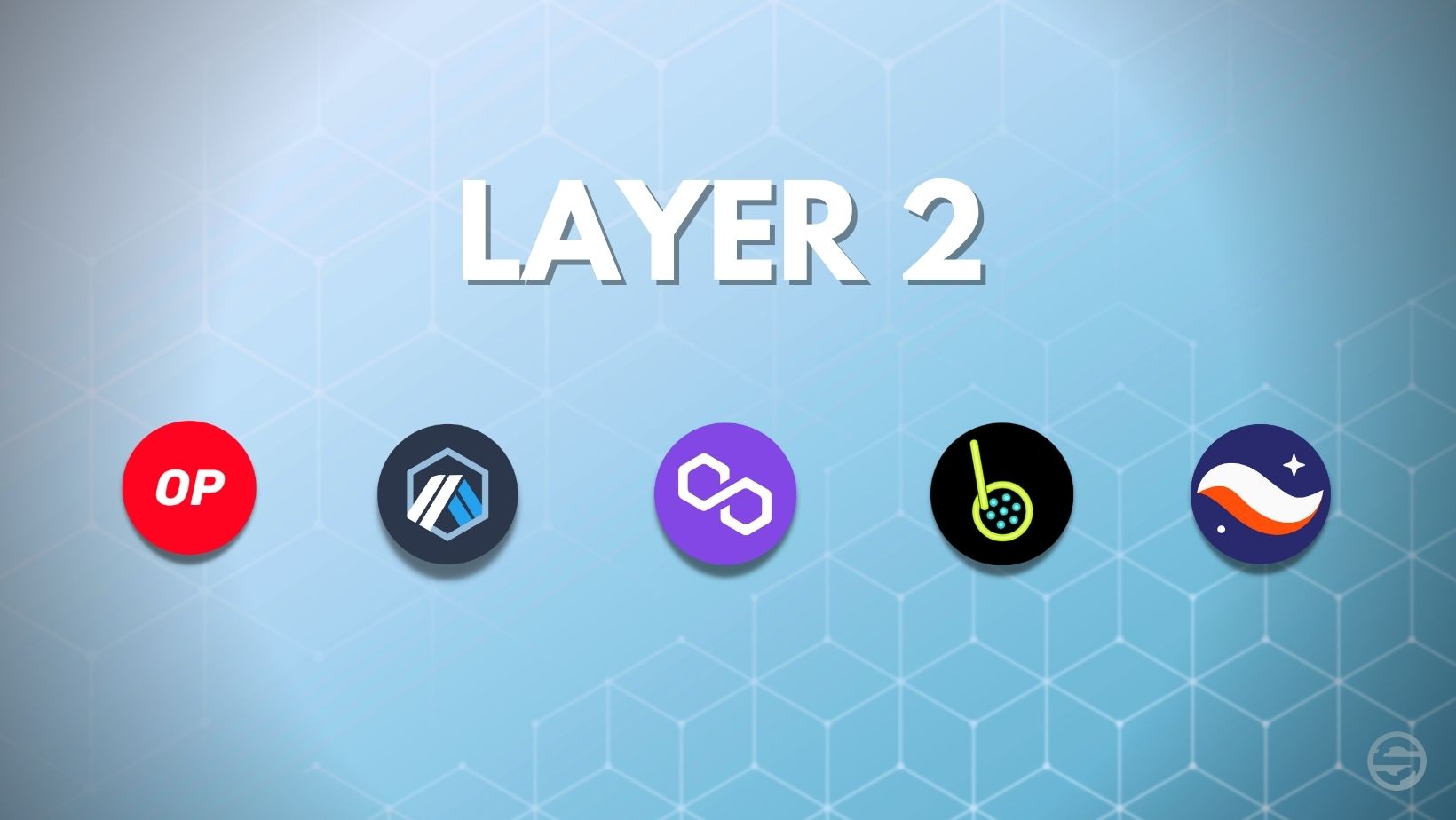
Table of contents
What is Layer 2?
A Layer 2 or L2 is like a fast lane for transactions on the blockchain, allowing for faster, more efficient and more affordable transaction processing. This additional layer allows for a better user experience while ensuring the security and transparency of the blockchain.
Blockchains such as Bitcoin and Ethereum still face challenges in their ability to process large numbers of transactions per second. This factor may limit their potential for long-term growth and adoption. In order for these networks to be adopted and used on a larger scale, there is a need to increase processing speed. That's where Layer 2s come in.
Layer 2 solutions are innovative approaches to improving the scalability of blockchains.
One of the best known Layer 2s to date is the one developed on the Bitcoin blockchain, namely the Lightning Network. This second layer has enabled greater scalability of Bitcoin by allowing the blockchain to perform a greater number of transactions per second while reducing transaction costs.
Among the L2s trending today, already operational or still in development, are: Polygon, Arbitrum, Optimism or even Boba Network.
How does it work?
L2s are a separate layer from the main blockchain but extend the efficiency of the blockchain. Thanks to L2, transactions can take place independently of Layer 1 (main blockchain). They are performed outside the blockchain (off-chain).
Imagine that transactions on the blockchain are like letters that circulate around the world. Transactions are sent through post office boxes called "nodes". However, there is a lot of traffic and congestion on these post office boxes, which can make the process slow and expensive.
That's where Layer 2 comes in. It's like having your own fast, private messaging system with mailboxes dedicated solely to your transactions. Transactions are conducted within this faster, more efficient private network, without having to be sent through the slower, more expensive public messaging system.
In other words, Layer 2s are additional layers on top of the blockchain that allow transactions to be processed faster and more efficiently. This can reduce costs for users and significantly speed up transaction speeds.
- In short, Layer 2s are a kind of "fast track" for transactions on the blockchain, offering a better user experience without jeopardizing the security and transparency of the underlying blockchain.

Limits of Layer 2?
If Layer 2s seem to be the solution to the scalability problems of Layer 1 blockchains, they do have some limitations that need to be taken into account.
These limits can be in the form of liquidity, centralization, dependence on the base blockchain, interoperability or complex transactions issues. Let's look at the two most common problems:
1. Interoperability issue: the different Layer 2 solutions may not be compatible with each other. This means that it is, for example, not possible to perform a transaction from a blockchain using an L2 like Arbitrum to another blockchain using a L2 solution like Polygon. This issue can make interoperability between different Layer 2 networks difficult.
2. Security risk: Layer 2s are not always as secure as basic blockchains. Indeed, to allow the processing of a larger number of transactions at lower cost, Layer 2s must sometimes reduce their capacity to secure the network. Some Layer 2s therefore have vulnerabilities that can be exploited and thus compromise the security of funds.
Conclusion
Layer 2s are a crucial part of the evolution of blockchain. By solving the challenges of scalability, speed and cost of transactions, Layer 2s enable wider adoption and more efficient use of blockchains. However, they also have limitations and still require significant development. That's why caution is still the order of the day when it comes to this technology. Nevertheless, Layer 2 is a step forward in improving the quality, growth and adoption of blockchain.
Also check out our recommended article, which has been read by other users interested in this topic: Understand the basics of Layer 1 blockchains



 Blockchain, Ethereum, DeFi, Layer 2
Blockchain, Ethereum, DeFi, Layer 2 2023-02-14
2023-02-14
